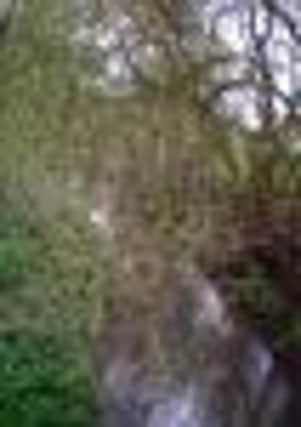A litany to times gone by


This is the site of the old Litany Wood, once a favourite haunt of botanists, through which the Litany brook once ran.
Alf King, of Dunstable Road, Totternhoe, took the photo, left, in the 1950s, just before he left to join the army.
Advertisement
Hide AdAdvertisement
Hide AdWhen he returned he found, to his astonishment, that the trees had been felled and the area had been ploughed.


The reason was the bread shortage which was even more acute in the early 1950s than it had been during the war.
There was an urgent need for more wheat and farmers were encouraged to make use of every available acre. Geoffrey Tawell, who was farming at Sewell, cleared the land in 1955.
The stream, inset above, is still there, of course, but today is channelled in a straight line before entering a culvert under the new road to Leighton Buzzard.
Advertisement
Hide AdAdvertisement
Hide AdThe road has further altered the area, going across the site of the old wood but the stream emerges just close to the new cycleway footbridge and becomes its old self again near the old Stanbridgeford railway station.


It eventually flows into the Ouzel, and then into the River Ouse.
The Sewell ridge can be seen in the background to both photos, and the field is on the Dunstable side of the cycleway, just before it reached the new road.
The wood was once a haven for foxes and in olden times when hunting was THE gentlemanly sport, there were numerous accounts written of the daring exploits of horsesmen endeavouring to jump the unforgiving blackthorn hedges around the Litany.
> Yesteryear is compiled by John Buckledee, chairman of Dunstable and District Local History Society